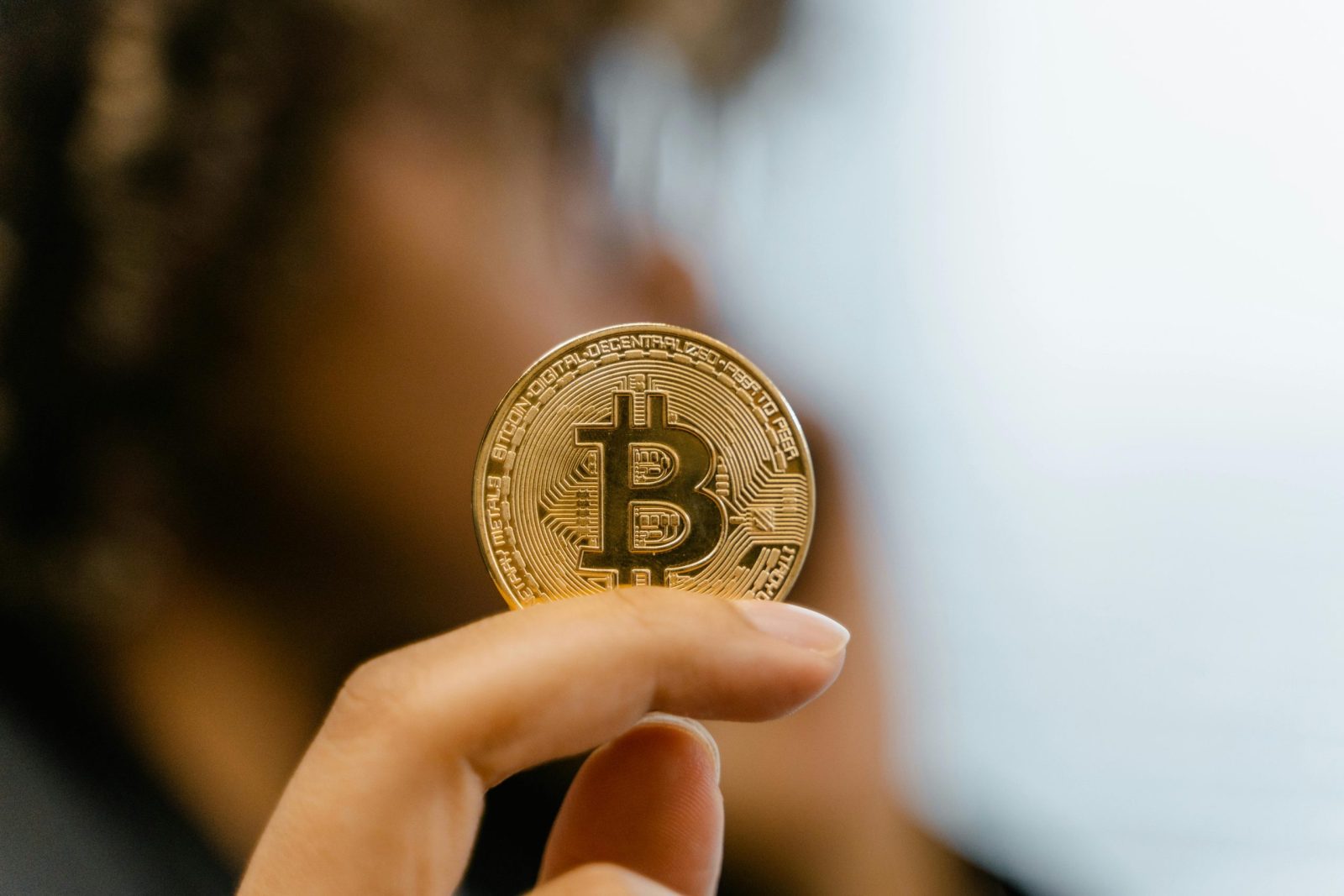Characterized by rapid innovation, the smartphone industry has opened its doors to the blockchain wave like never before. According to statistics, Market Research Future projects the blockchain smartphone market to grow at a CAGR of about 33.23%. To put that into perspective, the market is expected to rise from $8.94 billion in 2025 to $118.36 billion by 2034.
From this statistic alone, it’s clear that perceptions around popular crypto like Ethereum and new players such as Sui are changing. Consider the SUI price, for instance. In the past, crypto users would stay glued to their screens, tracking these prices only to identify suitable investment opportunities.
But as the years have passed, things have changed, and smartphone developers are turning to these blockchains to take advantage of their scalability and efficiency. With all these developments happening, you definitely want to stick around and discover what the future holds for these two sectors.
Factors fueling the spread of blockchain in the mobile industry
The growing demand for better security
Just recently, Exploding Topics released a study claiming over 90% of the world’s population owns mobile devices. Such overwhelming figures are the reason cyber attackers highly target these devices. In fact, according to a recent Statista study, about 9% of global cyberattacks in 2022 alone were delivered using mobile devices.
Plus, just between December 2022 and 2023 alone, global mobile security attacks rose by a staggering 147%, further emphasizing the need for improved security features. This is even more serious because cybercriminals increasingly use technology to strengthen their efforts. A good example is the AsyncRAT Android malware, which Check Point believes was developed with the help of artificial intelligence.
As such, developers have to devise ways of getting ahead of cybercriminals, explaining the growing appeal of blockchain. Its decentralized nature protects ecosystems from single-point failures common in centralized infrastructures. Plus, it uses an advanced encryption system that makes accessing data difficult for unauthorized persons. Its immutability improves data integrity as no one can alter or manipulate information after storage.
The growing number of crypto users
According to a 2024 report by Exploding Topics, about one billion people worldwide use digital currencies. Any forward-thinking industry seeking long-term success would not want to ignore this trend.
Remember, one way of improving competitiveness is aligning with customer preferences. This can actually lead to great business performance since customer-focused companies usually tend to do better than non-customer-focused ones. This explains the growing popularity of blockchain-based smartphones, which can help with wallet management, real-time market access, etc.
The Solana Seeker mobile is a good example. It’s essentially an Android phone with built-in crypto tools and features to facilitate seamless integration with decentralized applications (dApps) and the Solana blockchain ecosystem. Its SeedVault wallet is integrated into the phone’s Seed Vault to allow secure storage and management of crypto assets.
To further improve users’ experience, the phone has the Seeker Genesis token, a non-fungible token that allows users to unlock exclusive perks and rewards within the Solana ecosystem. Plus, the increased need for dApps puts pressure on mobile companies to develop smartphones that can work well with them, providing good grounds for the increased integration of blockchain in mobile technology.
Actually, DappRadar reported a 485% rise in unique active wallets (UAW) in the dApp industry just recently. Looking ahead, Business Research Insights expects this industry to increase by 18.5% CAGR.
Market dynamics and regional insights
While different regions have been encouraging the growth of the blockchain market, studies show that North America is taking the lead. In fact, according to Verified Market Reports, it accounted for about 35% of the total revenue in 2023. As if that’s not enough, Market Research Future expects the North American segment alone to hit $15 billion by 2032, up from $3.78 billion in 2023, proving its dominance in tech innovation.
Europe is not left behind and is expected to hit $12 billion, up from $0.791 billion. The APAC region also seems to be doing well. It’s projected to witness a remarkable increase from $1.186 billion in 2023 to $18 billion by 2032, giving it an edge over North America. Remember, the APAC region, including countries like China and India, is home to most of the world’s population.
Since the region is seriously welcoming mobile devices and tech improvements, expecting its blockchain smartphone market to exceed North America’s in the coming years makes sense. And, of course, we can’t fail to mention South America’s contributions. Experts predict its market could increase from $0.395 billion to $3.5 billion within the next few years.
Considering these statistics, it’s evident that the impact of blockchain on the mobile industry is here to stay. For instance, the increasing number of cyberattacks puts more pressure on Android developers to implement advanced secure protocols to overcome them. Thankfully, blockchain’s infrastructure can actually help.
Its decentralization minimizes the possibilities of single-point failures, allowing the entire network to continue operating even if one of its data centers is attacked. Plus, blockchain is immutable, making it difficult to alter or manipulate data, thus improving data integrity.
Besides that, there has been a growing number of crypto users. To cater to this population, blockchain-based mobiles like Solana Seeker have been emerging to improve access to crypto experiences, further explaining the continued expansion of the blockchain smartphone market.

Leave a Reply